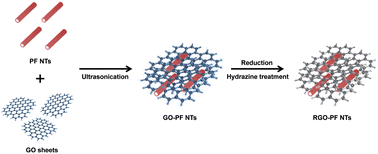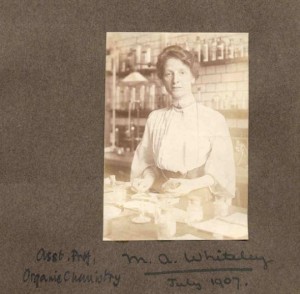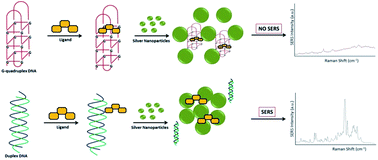
Graphene-polyfuran hybrids for Hg sensing
Commonly associated with dental fillings, mercury has a wide range of industrial and domestic applications. However, it can be toxic to humans and the environment even in small concentrations, and has been linked to a number of fatal diseases including pulmonary edema and cyanosis.
Previously developed methods of mercury detection include photochemical, colorimetric and oligonucleotide-based approaches. However, these methods can be slow, expensive and associated with low sensitivity and selectivity for the analyte. Graphene composite materials, with their unusual and enhanced conductivity properties, are an attractive prospect for metal ion analysis.
Researchers led by Professor Jyongsik Jang at the Seoul National University, Korea, have developed a new class of graphene oxide-polyfuran nanotube hybrids. In this “HOT” Analyst paper, the authors test the potential of their graphene-based materials as high performance sensors for mercury ion detection. This method has proved to be highly selective for Hg2+ over other metal ions and has excellent sensitivity even at low mercury concentrations.
This article will be free to read until 30th June.
High-performance Hg2+ FET-type sensors based on reduced graphene oxide–polyfuran nanohybrids
Jin Wook Park, Seon Joo Park, Oh Seok Kwon, Choonghyen Lee and Jyongsik Jang
Analyst, 2014, Advance Article
DOI: 10.1039/C4AN00403E














